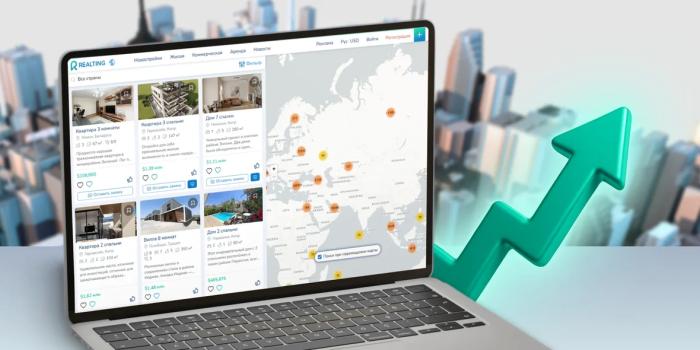
We have already written more than once about the reforms that our officials are carrying out in the field of electricity supply.
And so the decision was made: from January 1, 2024, the Russian government allowed the regions to use the so-called differentiated electricity payment system for the population. And even obliged to do this, threatening in case of refusal to force the regions to independently pay extra for citizens (so far, thanks to the cross-subsidization system used throughout the country, businesses have done this).
The essence of the innovation is as follows: whoever spends more pays more. Let’s say that the 50 kilowatts that a person uses in his apartment will be paid at low prices, and exceeding the approved mark will be at ultra-high prices. The tariff for “electricity burners” is almost twice as high as the tariff for those who know how to save money. Thus, officials are going to reduce the burden on businesses, which have so far actually paid extra for tenants.
“The cost of electricity for enterprises is higher than for citizens. This is called cross-subsidization, in which the tariff for the population is lower than cost,” said Konstantin Krokhin, chairman of the Union of Housing Organizations in Moscow. Moscow believes that this cannot continue any longer. “It is impossible to indefinitely restrain tariffs for the population at the expense of business, the only way out is to finally stimulate the regions to really reduce the “crossroads” by raising tariffs for individuals with a large amount of energy consumption,” the government said.
Officials demand that all regions switch to the new differentiated tariffs for citizens.
Today, many experts say that we are talking about a veiled price increase. The law prohibits increasing them more often than once a year. But in December 2022, an unscheduled indexation took place, and then the authorities promised not to change the cost of housing and communal services for a year and a half – until July 2024. The same date was confirmed by Russian President Vladimir Putin. “Starting from January 1 next year, we have moved the next indexation to July 1, 2024. Thus, there should be no indexation for a year and a half,” he said.
Meanwhile, State Duma deputies claim that in the spring of last year there has already been a secret rise in price: the standards for calculating household needs have changed – electricity, heating, water in the entrance of the house, payments for crimping pipes and wastewater disposal. The new rules of differentiated tariffs may become another rise in price. “The population will have to reduce the level of electricity consumption. For the average consumer, this trend threatens to abandon boilers, air conditioners and washing machines, which require excessive energy costs. People will have to worsen their lifestyle, because due to price increases, ordinary people will not have enough money to pay for electricity,” Konstantin Krokhin explained.
Already, regional governments are trying to decide how to fulfill the requirement of the federal center and prevent a social explosion at the same time. In St. Petersburg, as in other cities of the country, they are preparing to apply three so-called ranges. The first is citizens spending from 0 to 6400 kWh. They will pay 6.19 rubles per 1 kWh. The second range is from 6401 to 11,500 kWh. These citizens will be charged 6.20 each. Those who wind up over 11,501 kWh will fork out immediately for 9.98 rubles per kWh.
In the Moscow region in the first half of the year, tariffs remain at the level of 2023. And from July 1, the same ranges of electricity consumption per month will be introduced in the region, as elsewhere: the first – up to 11,160 kWh, the second – from 11,161 to
22,320 kWh and the third one is over 22,320 kWh. At the same time, the responsible persons declare that almost all residents will pay at a minimum – they simply will not be able to enter the most expensive range.
Moscow has not yet announced that from July 1, 2024, a differentiated (depending on the volume of consumption) electricity payment system for the population will be introduced. Maybe the capital will not introduce this system at all. But the mayor’s office announced that the cost of electricity will still increase in the second half of the year. It will make up:
in houses without electric stoves – 6.99 rubles per kWh (+8.7%); in houses with electric stoves – 6.15 rubles per kWh (+8.7%); in houses with electric stoves with time differentiation in two zones: during the day – 7.45 rubles per kWh (+7.8%), and at night – 3.02 rubles per kWh (+15.3%); in houses with electric stoves with differentiation in three zones: at peak time – 8.94 rubles per kWh (+8.6%), at half-peak time – 6.15 rubles per kWh (+8.7%), and at night – 3.02 rubles per kWh (+15.3%).
How much the amounts in the payments will change depends on the local authorities. Someone has the ability and desire to develop corridors in such a way that consumers do not feel the changes too much. “But some regions may begin to fulfill the order more zealously, and then the increase in tariffs there will be noticeable,” says Sergey Sasim, director of the HSE Center for Research in the Electric Power Industry.
Natalia Vladimirova
Photo: LEGION-MEDIA


